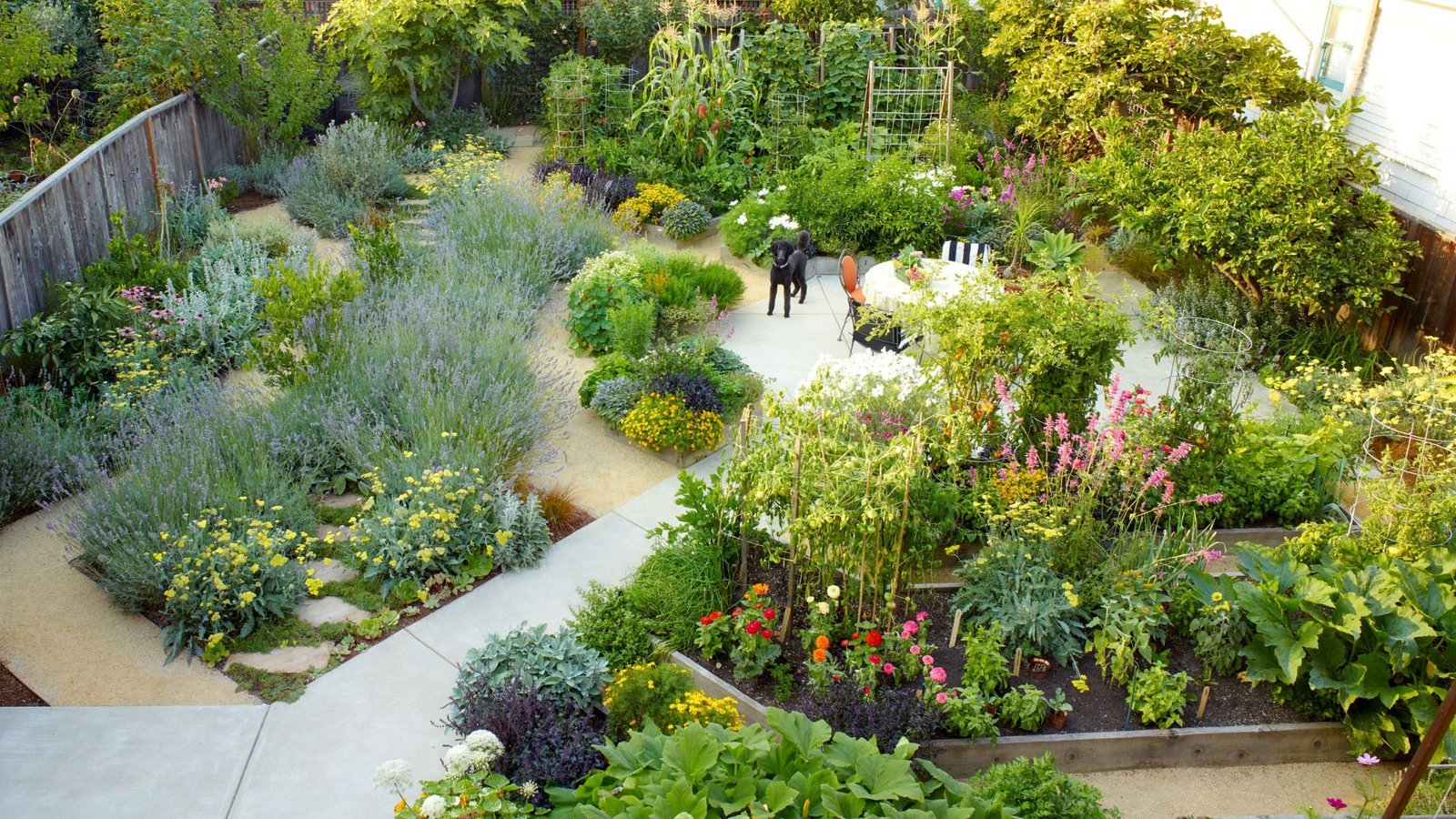Creating a sensory garden is a wonderful way to engage with nature and stimulate your senses. Whether you’re looking to relax in a peaceful environment or create a sensory experience for children, a sensory garden can be a delightful addition to any outdoor space. In this article, we’ll explore top tips for designing and creating a sensory garden that appeals to sight, smell, touch, taste, and sound.

Understanding Sensory Gardens
A sensory garden is designed to stimulate the senses through various plants, textures, colors, and scents. It’s a place where visitors can experience nature in a multi-sensory way, promoting relaxation, mindfulness, and sensory exploration.
Choosing the Right Plants
When creating a sensory garden, plant selection is key to stimulating the senses effectively:
Visual Appeal
Choose plants with vibrant colors and varied textures. Flowers like roses, marigolds, and lavender can add visual interest, while foliage with different shapes and sizes creates a diverse landscape.
Aromatic Delights
Include plants that release pleasant fragrances. Herbs like lavender, rosemary, and mint not only smell delightful but also have therapeutic properties that can enhance relaxation.
Textural Variety
Incorporate plants with different textures, such as smooth leaves, fuzzy stems, or rough bark. Visitors can touch and feel these textures, adding a tactile dimension to the sensory experience.
Designing Your Sensory Garden
Consider these design tips to create an inviting and functional sensory garden:
Pathways and Accessibility
Design pathways that allow visitors to wander through the garden easily. Use materials like gravel, stepping stones, or mulch to define paths and provide accessibility for all visitors.
Seating Areas
Include benches or seating areas where visitors can sit and immerse themselves in the sensory experience. Position seating near aromatic plants or in areas with calming sounds like a water feature.
Water Features
Incorporate water elements such as fountains, ponds, or birdbaths. The sound of running water can be soothing, while aquatic plants add another layer of sensory stimulation.
Engaging All Senses
To fully engage visitors in your sensory garden, consider these additional elements:
Soundscapes
Integrate wind chimes, rustling grasses, or bamboo that clacks gently in the breeze. These natural sounds create a calming atmosphere and enhance the auditory experience.
Edible Plants
Plant herbs, fruits, or vegetables that visitors can taste and enjoy. Consider adding sensory herbs like basil, thyme, or lemon balm that release pleasant aromas when touched or crushed.
Maintenance and Care
Maintaining a sensory garden ensures it remains a vibrant and enjoyable space:
Regular Pruning and Weeding
Keep plants tidy and healthy by pruning dead flowers and leaves. Weed regularly to prevent unwanted plants from overtaking the garden.
Watering Needs
Monitor watering requirements based on plant types and weather conditions. Install irrigation systems or use mulch to retain moisture and reduce water usage.
Conclusion
In conclusion, creating a sensory garden is a rewarding endeavor that invites visitors to explore and connect with nature through their senses. By carefully selecting plants, designing inviting spaces, and incorporating elements that stimulate sight, smell, touch, taste, and sound, you can create a tranquil oasis for relaxation and sensory delight. Whether for personal enjoyment or community engagement, a well-designed sensory garden offers therapeutic benefits and a deeper appreciation of the natural world. Start planning your sensory garden today and embark on a journey of sensory exploration and tranquility.











